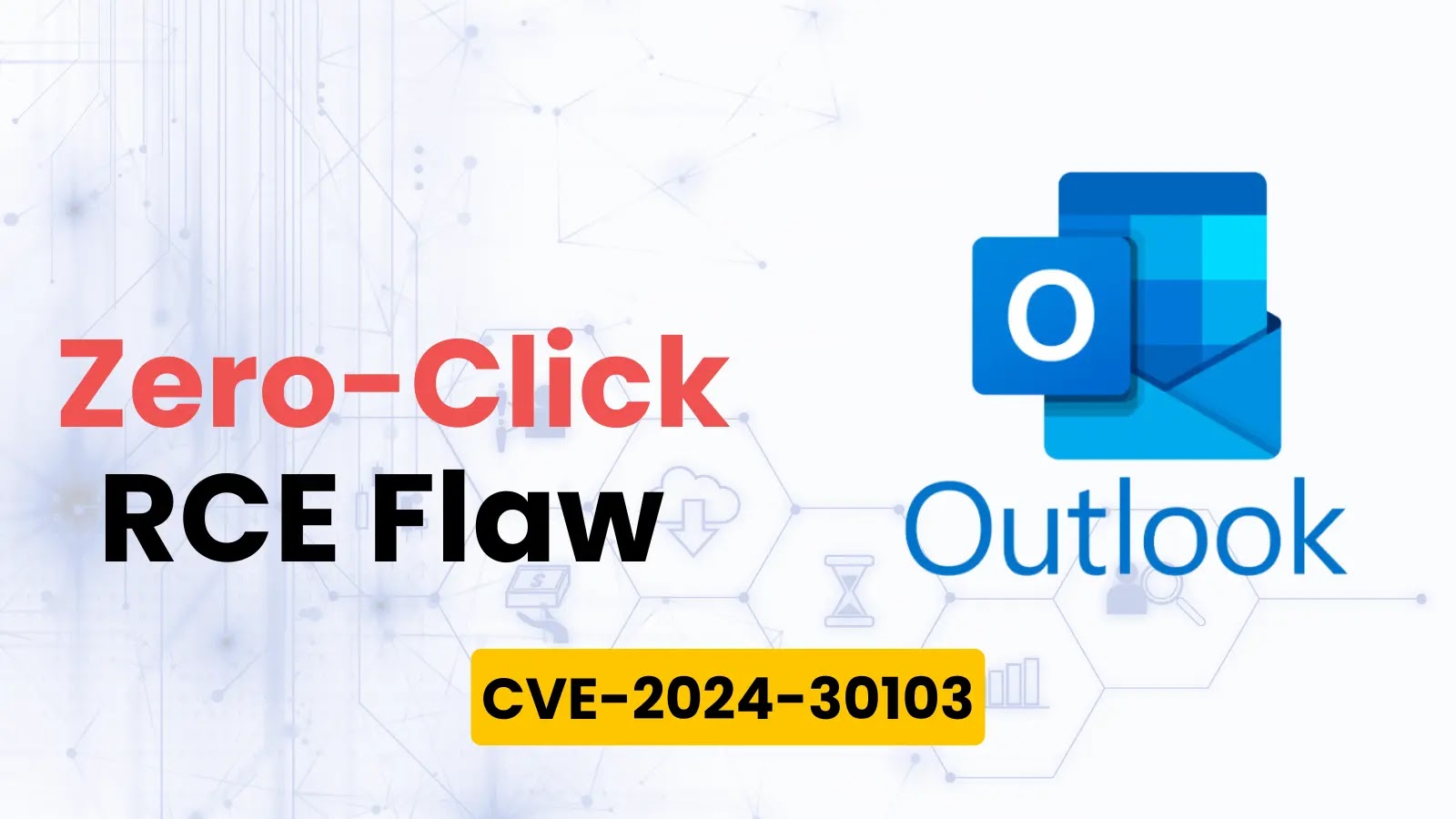Introduction
TeamTNT, a notorious cybercrime group, has resurfaced with a new cryptojacking campaign specifically targeting Docker environments. This new campaign underscores the increasing threat of cloud-native attacks and the critical need for strong security measures to prevent unauthorized cryptocurrency mining.
What is Cryptojacking?
Cryptojacking is a type of cyberattack where hackers hijack computing resources to mine cryptocurrency without the owner's consent. This illicit activity can lead to significant financial and operational impacts, including increased energy costs, degraded system performance, and potential exposure to further security breaches.
The Return of TeamTNT
TeamTNT has a well-documented history of exploiting cloud environments. Their latest campaign demonstrates a heightened level of sophistication, focusing on Docker, a popular platform for developing, shipping, and running applications in containers. By targeting Docker environments, TeamTNT capitalizes on the widespread use of containerization in modern IT infrastructures.
How the Attack Works
TeamTNT's attack begins with scanning for exposed Docker APIs and misconfigured environments. Once a vulnerable system is identified, the attackers deploy malicious Docker images containing cryptocurrency mining malware. The malware then utilizes the system's CPU and GPU resources to mine cryptocurrencies such as Monero.
Indicators of Compromise (IoCs)
- Unusual spikes in CPU or GPU usage
- Unexpected network traffic patterns
- Presence of unfamiliar Docker images or containers
- Sluggish system performance
Mitigation Strategies
- Secure Docker Configuration: Ensure that Docker APIs are not exposed to the internet. Enforce stringent access controls and utilize firewalls to minimize exposure.
- Regular Patching and Updates: Keep Docker and all associated software up to date with the latest security patches.
- Monitoring and Alerts: Deploy comprehensive monitoring solutions to identify unusual activity.
- Image Scanning: Use security tools to scan Docker images for vulnerabilities and malicious code before deploying them.
- Incident Response Plan: Create and routinely revise an incident response plan to swiftly handle any security breaches.
Conclusion
TeamTNT's latest crypto jacking campaign underscores the importance of securing cloud-native environments. As cybercriminals continuously change their tactics, organizations need to remain alert and proactive in their security practices. By implementing the recommended mitigation strategies, businesses can protect their Docker environments from unauthorized cryptocurrency mining and other malicious activities.


.png)



.jpg)
